Magnet Fishing 101: The Best Knot to use For Magnet Fishing
Every time you make a knot on a rope, the knot is weakened either by external forces or even when it is just sitting there. If you pull hard enough sometimes, the rope may also break. This is less than ideal when magnet fishing as you can either be pulling up something very valuable or the magnet itself is expensive.
What is the best knot to use for magnet fishing? There are many different types of knots one can use for magnet fishing, which can either be stronger or easier than other conventional knots. It is important to know how to tie a good knot given that the rope is usually not attached to the magnet when you buy the two.
A few knots work best for magnet fish because they tighten on themselves and have the ability to provide a secure hold on the magnet. The following knots meet these criteria, and are also able to bear heavy weight.
Figure 8 Loops
The double figure 8 loop works best for magnet fishing because the more you pull on it when there is something heavy attached to it, the tighter it gets. There are two variations of the figure 8 knot: the follow through and the double figure 8 loop or “bunny ears.”
The figure 8 loops is known to be one the best knot for fly fishing as it weakens the rope the least and has an 80% success rating when subjected to pull-tests that attempt to weaken the rope.
The double figure 8 loop is a further development of the figure 8 through loop and is a very strong knot that almost certainly ensures you will never lose your magnet. It is also stable and unlikely to slip.
Other advantages of the double figure 8 loop is that it is relatively easy to tie, it forms a straight loop, and does not come undone easily. A disadvantage, however, is that it is difficult to untie.
How to Tie the Double Figure 8 Loop:
- Make a loop with rope
- Pass the end through the loop to make an 8
- Pass the end through the 8
- Open up the end loop and it to the front
- Pass it through the right
- Hold end and tighten
- Must resemble bunny ears
How to Tie the Figure 8 Follow Through Loop:
- First, tie a loose figure eight know
- Pass the tail end around the attachment point
- Then follow the original figure eight around its entirety
- Finally, tighten the knot
The Uni Knot- An Easy, Yet Reliable Knot
The Uni knot or the Hangman’s knot is one of the common fishing knots to use and is applied to magnet fishing given its simplicity and easiness to tie. It also works great for being tied around large diameters, which may be the case when magnet fishing for large objects specifically or just simply using large magnets.
The uni knot retains much of the ropes breaking strength and works well with different types of rope. It is important to note that the strength is not only maintained with steady pressure, but also with sudden jerks as well.
Many knots that have a 90% or greater success rate with steady pressure, may easily come undone or break 50 to 60% of the time with sudden yanks or pulls.
There are two variations of the uni knot: the double uni knot and the uni to uni knot. The double uni knot is a variation of the uni knot as it is basically typing the uni knot, but with the line doubled, twice at two ends. Though it tends to overstretch, the double uni is quick and does not slip or break usually.
The uni to uni knot is good for joining two ropes together if you need to and works well in low light given its simplicity.
How to Tie the Uni Knot:
- Pull rope through magnet hole
- Double the line back so it is parallel
- Lay tag end over doubled line to make loop
- Make 6 more rounds around the double backed line with rag end
- Push through the loop
- Pull end through the loop
- Slide knot down to the hole
Palomer Knot
The figure 8 double loop’s biggest competitor is the palomer knot. The palomer knot is basically as strong as the length of the rope itself, ensuring that it does not break free or come loose. Given its sturdiness, the palomer knot is also used in fishing because it is great for tying on hooks or swivels.
It is not the easiest knot to tie, and so that is why it is sometimes less popular than the figure 8 loops. However, when tied properly, the knot comes close to having a 100% success rate when subjected to pull tests.
A variation of the palomer knot is the double palomer knot. The variation occurs right before the second step, in which you make two wraps through the loop, not just one. This improves the strength of the knot.
How to Tie a Polmer Knot:
- Double 6 inches of line and pass end of loop through hole of magnet
- Tie a loose overhand knot
- Hold overhand knot between thumb and forefinger
- Pass loop of line over hole
- Slide loop above hole
- Pull on hole of magnet and standing line to tighten the knot down
- Tie an overhand knot with the double line
Make sure that when the magnet is pulled through the loop, that all parts of the knot cinch up together. The knot can otherwise fail if not tied in that manner.
What Type of Knot NOT to Use
Common knots not to use:
- Portuguese Bowline knot
- Overhand knot
- Square knot
One of the most important aspects of magnet fishing is picking the right knot. There are many knots out there that work great for fishing and other uses, but not for magnet fishing. Some of these knots are the Portuguese Bowline, the overhand knot, and the square knot.
The Portuguese bowline knot forms with just two adjustable loops. However, even after tightening the loops and knot, the rope can easily be pulled from one loop to the other, making it less than ideal for magnet fishing.
The overhand knot is the most simple and universal knot when it comes to typing. It is definitely not a foundation knot that forms the basis of other knots and can come undone relatively easily.
The square knot is another easy to tie knot that has been used for centuries by sailors to tie items aboard ships. Though it is commonly used, it is not a good knot for securing critical items as it can easily come apart. It is also somewhat easy to end up tying the granny knot if not paying close attention.
Related Questions
Can I buy premade knots already attaching the rope to the magnet?
If you do not want or feel comfortably tying a knot, many online suppliers sell rope that comes pre tied on a carabiner clip. This makes it easier and quicker to switch magnets too.
What is the best type of rope for tying knots and magnet fishing?
Most rope that is found in hardware stores or in fishing aisles that support about 250 lbs. or more should work fine. The rope also depends on the type of magnet, as heavier magnets rely on heavier ropes. Some of the most common types of rope for magnet fishing are varying strengths of paracord and braided rope.
Related products - Magnet Fishing 101: The Best Knot to use For Magnet Fishing
-
Edding 400 Permanent Marker, Mix 10 pack (1 mm.)
MAGZ-929-E
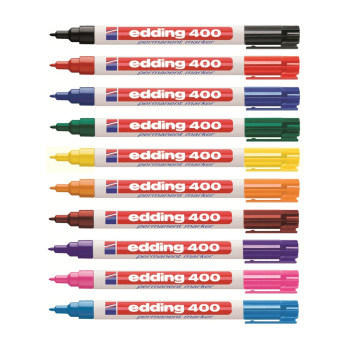
24,60 30,75 EUR
In stock -
Ferrite magnet, Disc 20x10 mm.
MAGZ-1014-F
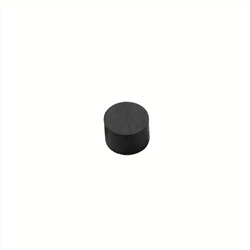
Strength 1.4 kg. 1,84 2,30 EUR
In stock -
Strong office magnet, Red Triangle
MAGZ-313-K
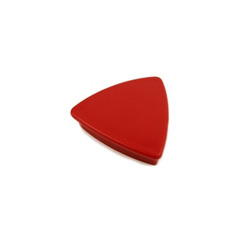
Strength 1.5 kg. 2,04 2,55 EUR
In stock -
Magnetic bowl for nails & screws, Ø148 mm (large)
MAGZ-1438-U
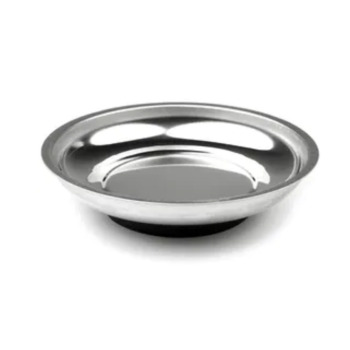
7,40 9,25 EUR
In stock -
Edding 400 Permanent Marker, Red (1 mm.)
MAGZ-931-E
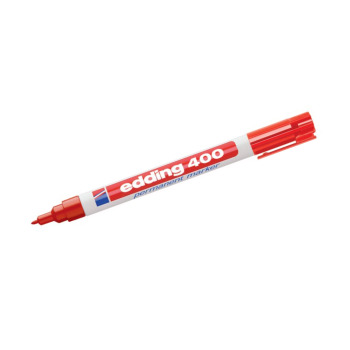
2,92 3,65 EUR
In stock -
Ferrite magnet, Disc 20x3 mm.
MAGZ-1007-F
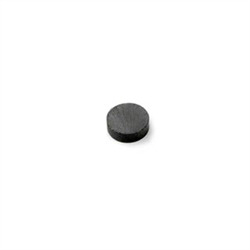
Strength 400 g. 0,96 1,20 EUR
In stock -
Strong office magnet, White Round
MAGZ-305-K
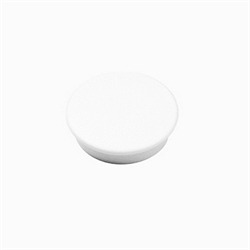
Strength 1.5 kg. 2,04 2,55 EUR
In stock -
Edding 400 Permanent Marker, Black (1 mm.)
MAGZ-930-E
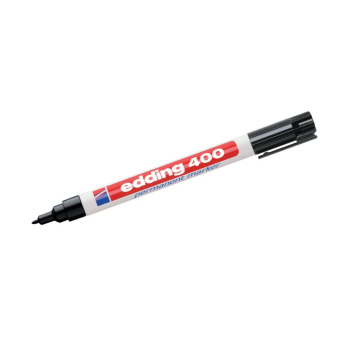
2,92 3,65 EUR
In stock -
Ferrite magnet, Disc 20x5 mm.
MAGZ-1008-F
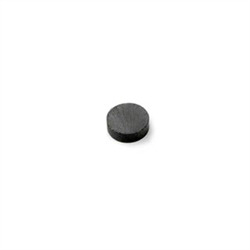
Strength 700 g. 1,40 1,75 EUR
In stock -
Strong office magnet, White Square
MAGZ-306-K
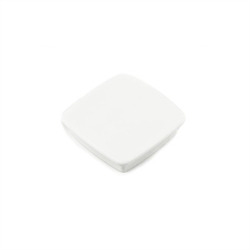
Strength 1.5 kg. 2,04 2,55 EUR
In stock -
Countersunk channel magnet 60x20x4 mm.
MAGZ-172-P
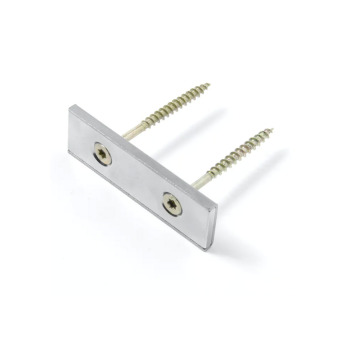
Strength 29.0 kg. 7,40 9,25 EUR
In stock -
Extra steel pieces for nameplates (self-adhesive), 10-pack
MAGZ-228-N
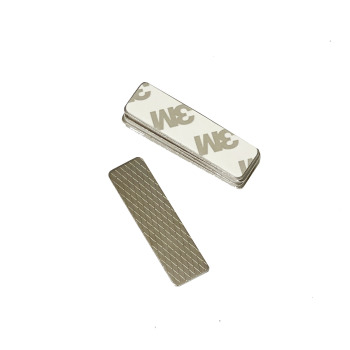
Not a magnet 2,68 3,35 EUR
In stock -
Ferrite magnet, Disc 25x10 mm.
MAGZ-1016-F
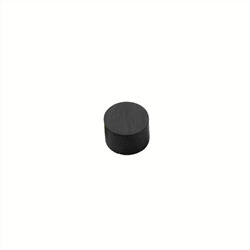
Strength 1.5 kg. 2,48 3,10 EUR
In stock -
Strong office magnet, White Triangle
MAGZ-304-K
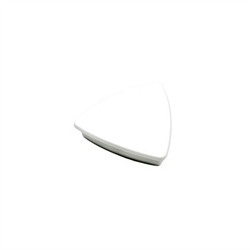
Strength 1.5 kg. 2,04 2,55 EUR
In stock -
Colored power magnets 4x7 mm., 10 pack, black
MAGZ-1032-P
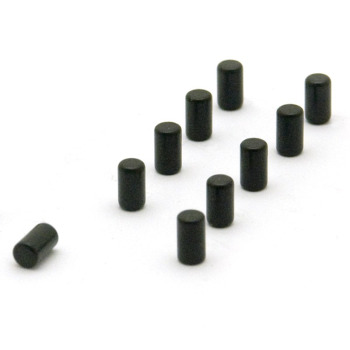
Strength 500 g. 12,80 16,00 EUR
In stock -
Ferrite magnet, Disc 25x15 mm.
MAGZ-1017-F

Strength 2.3 kg. 3,00 3,75 EUR
In stock -
Strong office magnet, Yellow Round
MAGZ-311-K
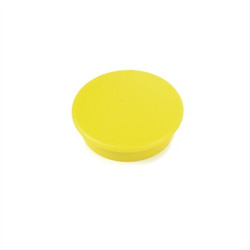
Strength 1.5 kg. 2,04 2,55 EUR
In stock -
Colored power magnets 6x3 mm, 10 pack, sky blue
MAGZ-1030-P

Strength 800 g. 12,80 16,00 EUR
In stock -
Ferrite magnet, Disc 25x5 mm.
MAGZ-1009-F
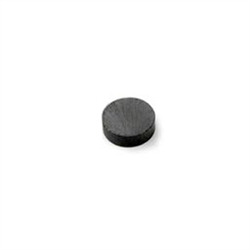
Strength 800 g. 1,40 1,75 EUR
In stock -
Ferrite magnet, Disc 30x10 mm.
MAGZ-1024-F
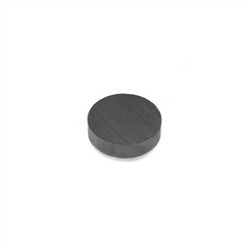
Strength 2.3 kg. 3,44 4,30 EUR
In stock -
Strong office magnet, Yellow Triangle
MAGZ-310-K
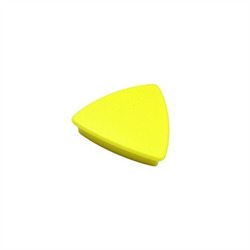
Strength 1.5 kg. 2,04 2,55 EUR
In stock -
Pot magnet w. hook, White Ø25 mm.
MAGZ-1312-P
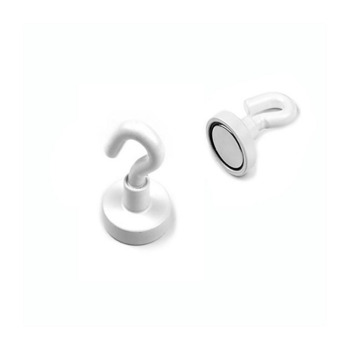
Strength 16.0 kg. 7,72 9,65 EUR
In stock -
Ferrite magnet, Disc 30x5 mm.
MAGZ-1005-F
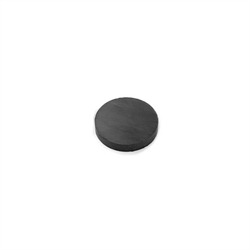
Strength 900 g. 1,52 1,90 EUR
In stock -
Ferrite magnet, Disc 40x10 mm.
MAGZ-1025-F
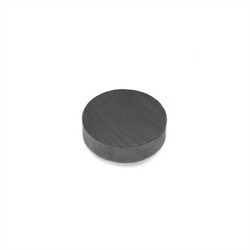
Strength 2.4 kg. 4,00 5,00 EUR
In stock -
BUTTON magnets, 6-pack - fridge magnets
MAGZ-517-K
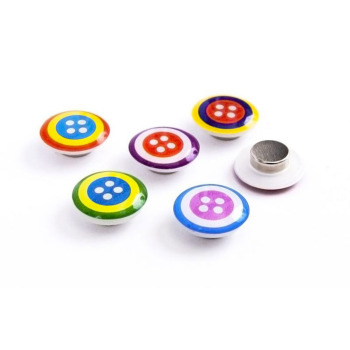
Strength 400 g. 8,00 10,00 EUR
In stock -
Ferrite magnet, Disc 40x20 mm.
MAGZ-1026-F
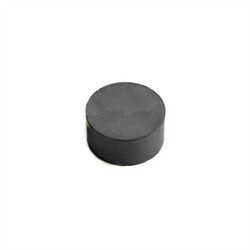
Strength 4.7 kg. 5,92 7,40 EUR
In stock -
Ferrite magnet, Block 40x20x10 mm.
MAGZ-1015-F
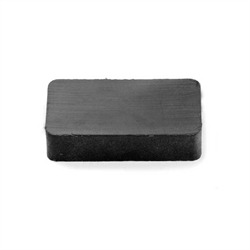
Strength 2.5 kg. 2,68 3,35 EUR
In stock -
Ferrite magnet, Disc 5x5 mm.
MAGZ-1001-F
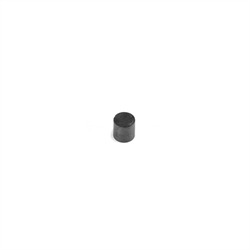
Strength 100 g. 0,64 0,80 EUR
In stock -
Magnetic clips silver, Bulldog xsmall 4-pack
MAGZ-634-K
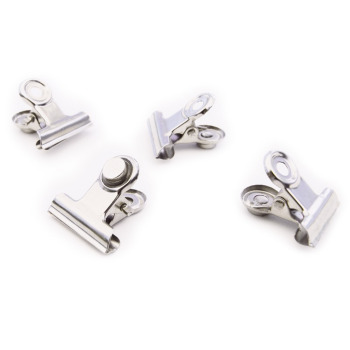
Strength 200 g. 8,04 10,05 EUR
In stock -
Panda key holder - Magnetic
MAGZ-588-K
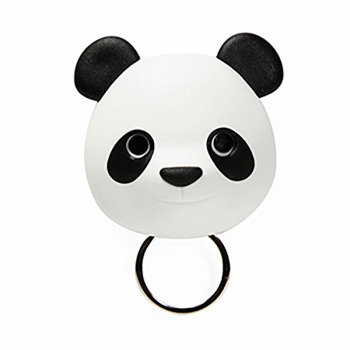
Strength 200 g. 13,80 17,25 EUR
In stock -
Football magnets, 4 pack
MAGZ-420-K
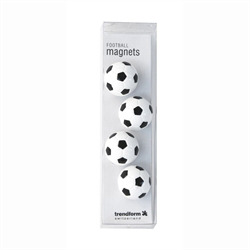
Strength 400 g. 8,48 10,60 EUR
In stock -
Strong office magnet, Black Round
MAGZ-308-K
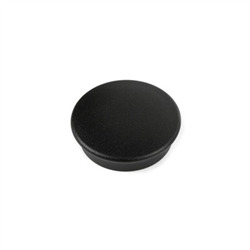
Strength 1.5 kg. 2,04 2,55 EUR
In stock -
MagBalls sphere magnet Ø5 mm., Pink
MAGBALLS-05-pink
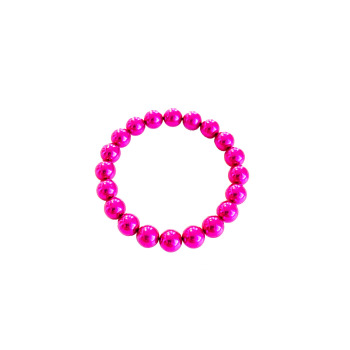
Strength 200 g. 0,32 0,40 EUR
In stock -
Pot magnet w. internal thread, Ø10 mm.
MAGZ-1421-U

Strength 1.2 kg. 3,65 4,56 EUR
In stock -
Ladybird magnets, 6 pack - fridge magnets
MAGZ-448-K
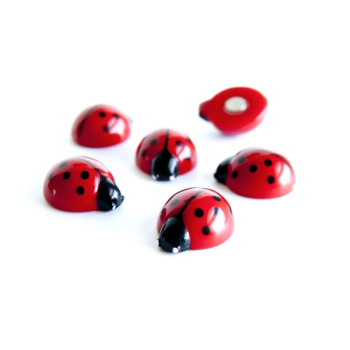
Strength 400 g. 10,60 13,25 EUR
In stock -
Legamaster Board Assistant TZ415 (2-Piece Set), Dark Grey
MAGZ-830-L
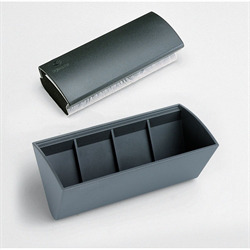
21,40 26,75 EUR
In stock